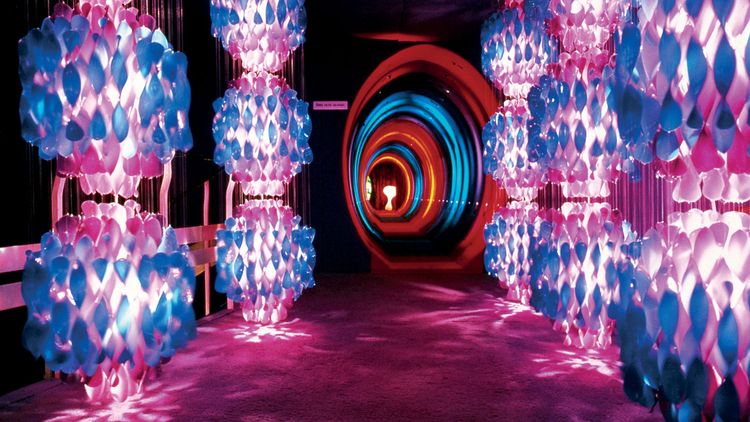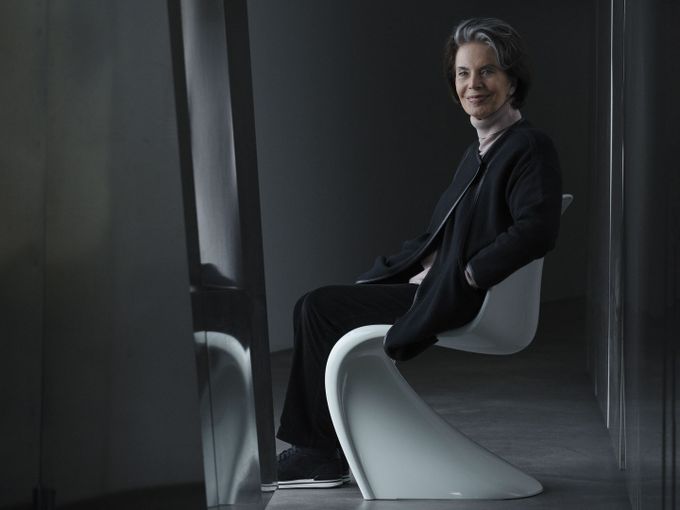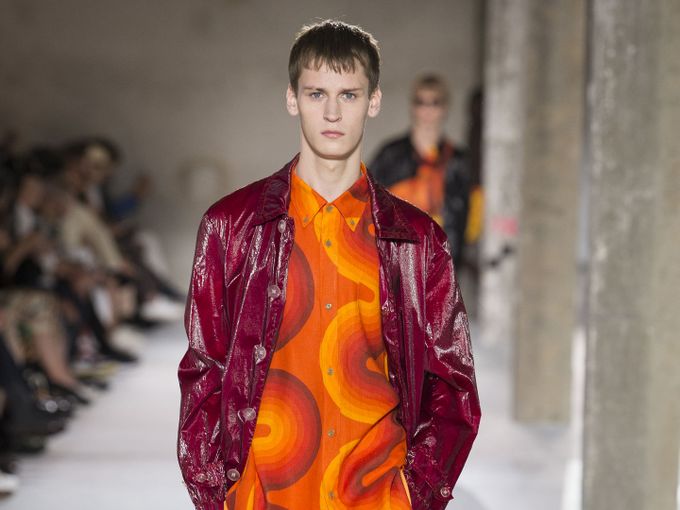ProductosSillasSillonesSofásSillas de oficinaChaises longuesTaburetes y bancosEsculturasSillas de reunionesMobiliario de aeropuertosEspacio de almacenamientoMicro architectureMesas de comedorMesas de cafeteríaMesas de café y auxiliaresEscritoriosSistemas de mobiliario de oficinasSistemas de reunionesIluminaciónRelojesObjetos decorativosPercheros y estantes de paredBandejas y recipientesNuevoBestsellerRápidamente disponibleColores y materialesAlexander Girard Antonio CitterioBarber OsgerbyCharles & Ray Eames George NelsonHella JongeriusIsamu NoguchiLounge chair finderOffice chair finderGift finderCuidado & reparaciónPiezas de repuestoProductos de mantenimientoGarantía del fabricanteVitra Circle StoresLounge Chair & OttomanHang it allInspiracionesSalónComedorOficina domésticaHabitación infantilExteriorHome StoriesAugmented RealityColores y materialesHome SelectionEspacios de trabajoZonas de concentraciónSalas de reunionesTalleresClub OfficeCitizen OfficeStudio OfficeDynamic SpacesHoteles y restaurantesAeroportesEducaciónCo-WorkingHealthcareNuestros clientesDestination WorkplaceEn defensa de los clásicosSillas de oficinaDancing OfficeHome StoriesLos tejidos de Kvadrat y Dedar de Home SelectionAugmented Reality - lleve los productos Vitra a su casaEscuela de Diseño : Exponer el trabajo y los conocimientosEn defensa de los clásicosColores y materialesUna casa acogedoraUn paisaje de oficinas sin paredes ni tabiquesConfort y sostenibilidad combinadosUn espacio puntero para una escuela de arte punteraServiciosCuidado & reparaciónPiezas de repuestoProductos de mantenimientoGarantía del fabricanteFAQ y contactoInstruccionesConsulting & Planning StudioVitra Circle StoresAsesoramiento y planificación en la VitraHausInstruccionesInstrucciones de mantenimiento en exterioresReparación, mantenimiento, revisión en el Vitra Circle Store Campus ProfessionalsDatos CADFichas técnicas de productosCertificadosInforme de sostenibilidadInstruccionesInformación ecológicapConEjemplos de planificaciónColores y materialesCertificados y normasHome SelectionAl inicio de sesión del distribuidorNuestros clientesMyntDestination Workplace: Ven a visitar a nuestros clientes y sociosAnagram SofaMikadoTyde 2 con ruedasACXDancing OfficeSillas de oficinaMagazineHistoriasConversacionesExposiciónDiseñadoresEl Proyecto de VitraA Capsule in TimeSeeing the forest for the treesRefining a classicMynt is a lifetime achievement to meA desk like a typefaceV-FoamSculptural IconsGames bring people together – just like good officesLet there be light!Social SeatingJust Do It!EVER GREENWhy the Eames La Fonda Chair was designedWhen a Sofa is more than just a Sofa: Anagram100% virgin wool – 100% recyclableAn archive is like a time capsuleVitraHaus Loft - A conversation with Sabine MarcelisA 1000 m2 piece of furnitureFrom a toy to an objectThe Eames Collection at the Vitra Design MuseumAbout the partnership between Eames and VitraVitra CampusExposicionesVisitas guiadas y talleresGastronomíaShoppingActividades en familiaArquitecturaSu eventoAsesoramiento y planificación en la VitraHausPlanificar la visitaVitra Campus appCampus EventsNoticiasVitraHausVitra Design MuseumVitra SchaudepotVitra Circle Store CampusOudolf GartenSobre VitraSostenibilidadJobs & CareersProceso de diseñoEl original es de VitraHistoria - Project Vitra
Panton Fantasy Landscape
A Vitra Anecdote

Verner Panton was unique in his ability to stimulate people’s perception of interior design. With his spectacular concepts for homes, offices, exhibitions and restaurants, he broke every rule in regard to the classical understanding of how to live and act in any kind of interior landscape.
Verner Panton used an extensive number of architectural tools when creating his environments, particularly favouring those that affected human senses, feelings and physical behaviour. He said:
"The main focus of my own work is on the overall result. Interaction with the setting is far more important than that with just a chair or any other object; a room, a colour, furniture, textiles and lighting must be considered as a whole. An attractive setting can only be created if all of its components are truly mastered."
Verner Panton used an extensive number of architectural tools when creating his environments, particularly favouring those that affected human senses, feelings and physical behaviour. He said:
"The main focus of my own work is on the overall result. Interaction with the setting is far more important than that with just a chair or any other object; a room, a colour, furniture, textiles and lighting must be considered as a whole. An attractive setting can only be created if all of its components are truly mastered."


Some of the greatest examples of Verner Panton’s total universes are the exhibition spaces Visiona 0 and Visiona 2, which he designed for the company Bayer on the fringe of the Cologne furniture fair in the late 1960s. Set inside a pleasure boat, the main aim of these temporary showrooms was to promote synthetic textiles for the home. Panton’s concepts created a holistic experience in a succession of rooms below deck, and his articulated organisation of colours and surfaces surprised and excited visitors.

Panton wanted his architectural settings to induce a sense of well-being, and he understood how colours could affect moods – for example, red makes the heart beat faster, whereas blue has a calming effect. He had studied colours and their psychological ramifications since his early life and actively applied this knowledge to the spaces that he created for companies and individual clients. However, one of his main convictions was that colours should be seen and evaluated together – never alone:
"When we create an environment the colour planning is of vital importance. It is not enough to say that red is red and blue is blue. I, myself, normally work with parallel colours, whose shades follow each other in the spectrum. Thus I can control the colour-temperature in the room and so create a certain mood."
Of the two installations that Panton created for Bayer, the cavernous interior of Visiona 2 is the most memorable. Here the floors, walls and ceilings flowed together in a series of organic shapes without any clear transitions between the vertical and horizontal. Verner Panton sought to stimulate each of the human senses, as every room was a distinctive atmosphere of sound, colour and smell.
"When we create an environment the colour planning is of vital importance. It is not enough to say that red is red and blue is blue. I, myself, normally work with parallel colours, whose shades follow each other in the spectrum. Thus I can control the colour-temperature in the room and so create a certain mood."
Of the two installations that Panton created for Bayer, the cavernous interior of Visiona 2 is the most memorable. Here the floors, walls and ceilings flowed together in a series of organic shapes without any clear transitions between the vertical and horizontal. Verner Panton sought to stimulate each of the human senses, as every room was a distinctive atmosphere of sound, colour and smell.

The most impressive space from Visiona 2 was a cave-like tunnel decked in luscious shades of violet and blue with a glowing centre of red, orange and yellow. Today this space is known as the Panton Fantasy Landscape, also called the ‘living cave’, and is considered the climax of Panton’s creative vision. Its undulating forms were recreated in the organically shaped Living Tower, a furniture sculpture with several different levels that can be used for sitting or lounging.

In collaboration with the Panton family, two reeditions of the legendary cave were made by the Vitra Design Museum in 2000 in context to the then exhibition: “Verner Panton. The Collected Works”. One of the editions went to the Kunstmuseum Wolfsburg, the other stayed with the Vitra Design Museum and will be exhibited as part of the exhibition “Home Stories: 100 Years, 20 Visionary Interiors” at the Vitra Campus Fire Station from 8.2. – 23.8.2020.
Publication date: 6.2.2020
Author: Stine Liv Buur


